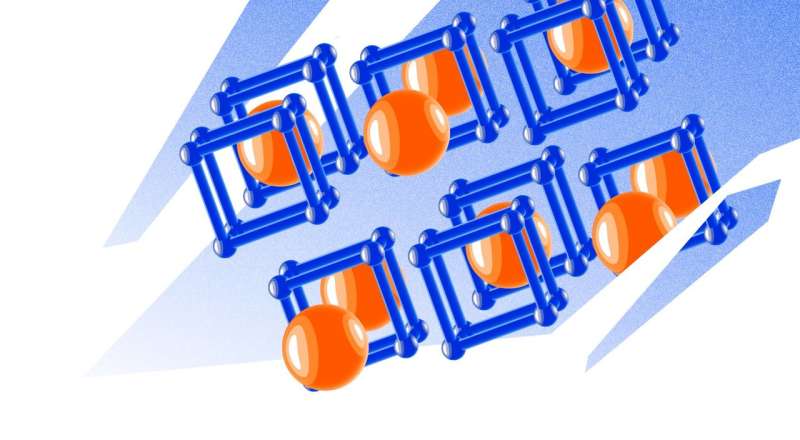Scientists discover new properties of uranium compounds

Scientists from Russia, China and the United States predicted and have now experimentally identified new uranium hydrides, predicting superconductivity for some of them. The results of their study were published in Science Advances.
The phenomenon of superconductivity was discovered in 1911 by a group of scientists led by Dutch physicist Heike Kamerlingh Onnes. Superconductivity means complete disappearance of electrical resistance in a material when it is cooled down to a specific temperature, forcing out the magnetic field from the material. At the start, superconductivity was discovered in a few base metals such as aluminum and mercury at temperatures of several degrees above absolute zero, which is -273° C. Of particular interest to scientists are the so-called high-temperature superconductors that exhibit superconductivity at less extreme temperatures. The highest temperature superconductors operate at -183° C, and, therefore require constant cooling. In 2015, a rare sulfur hydride (H3S) set a new high-temperature superconductivity record of -70 °C , although at pressures as high as 1,500,000 atm.
A group of physicists led by Professor Artem R. Oganov predicted that much lower pressures of about 50,000 atmospheres can produce 14 new uranium hydrides, of which only one, UH3, has been known to date. They include compounds rich in hydrogens, such as UH7 and UH8, that the scientists also predicted to be superconducting. Many of these compounds were then obtained in the experiments conducted by the teams of Professor Alexander Goncharov at the U.S. Carnegie Institution of Washington (USA) and the Institute of Solid State Physics of the Chinese Academy of Sciences. The calculations suggest that the highest-temperature superconductor is UH7, which displays superconducting capability at -219° C – a temperature level that can be increased further by doping.
"After H3S was discovered, scientists started eagerly searching for superconducting hydrides in other non-metals, such as selenium, phosphorus, etc. Our study showed that metal hydrides hold as much potential as non-metals in terms of high-temperature superconductivity," says the main author of the study Ivan Kruglov, a researcher in Computational Materials Discovery Laboratory at MIPT.
"The two highlights of our results are that high pressure produces an amazingly rich collection of hydrides, most of which do not fit into classical chemistry, and that these hydrides can actually be obtained and become superconducting at very low pressures, perhaps even at atmospheric pressure," says Artem Oganov.
More information: Ivan A. Kruglov et al. Uranium polyhydrides at moderate pressures: Prediction, synthesis, and expected superconductivity, Science Advances (2018). DOI: 10.1126/sciadv.aat9776
Journal information: Science Advances
Provided by Moscow Institute of Physics and Technology




















